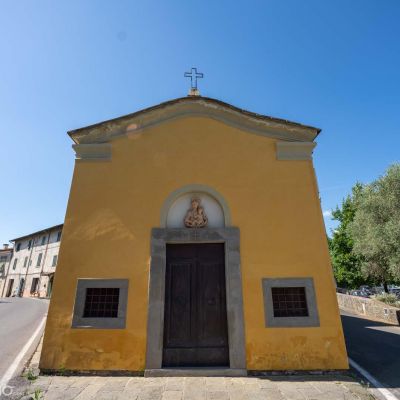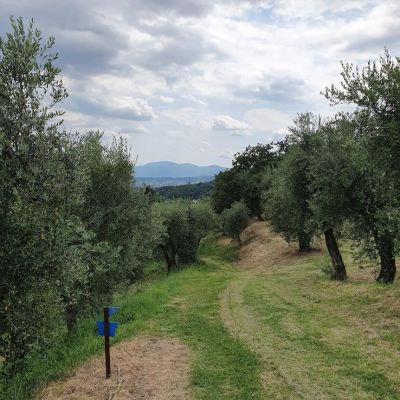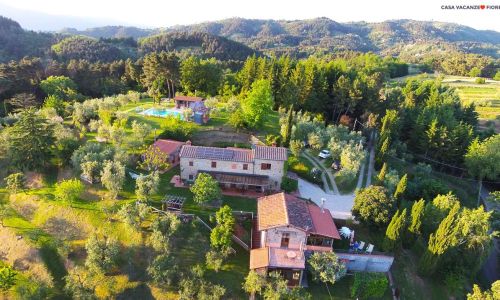Walking through the stone streets of Buggiano Castello, history leaves traces of itself at every corner and is surrounded, as in an embrace, by the beautiful countryside.
Within the closed walls of the castles have found quiet and isolation monks and Benedictine nuns.
The monastic communities of Buggiano
The presence of female monasticism has been strong over the centuries, as in the Monastery of Santa Marta in Borgo a Buggiano, or in the Monastery of Santa Scolastica in Buggiano Castello.
These religious communities had a very specific social role: they dealt with charity, artistic commissioning, but even more important they assisted the needy and managed education.
More and more families from the Renaissance pushed the entry into the convent of daughters, not only for the religious fervor from which they were pervaded, but for a much more earthly matter of prestige in the community and for the tax exemption of the sums paid as a dowry at the time of entry into the convent.
Most of the monasteries in the area followed the abbreviated rule of San Benedetto, where rigor sometimes left room for moments of celebration, especially with the passing of the centuries and the relaxation of restrictive rules aimed at punishing the body even with fasting.
Food culture
The culture of food has increasingly taken root thanks to the consideration of the body as a “temple to be protected” also through nutritious, healthy and why not, tasty foods!
In the eighteenth century were made real parties for the “dressing” of the girls.
On these occasions importance was given to food and wine and the nuns of the place had the reputation of being skilled cooks.
Although many ingredients were bought outside the monastery, many others came directly from domestic productions.
The convents were in fact equipped with vegetable gardens for the cultivation of herbs, fruits and flowers according to the tradition of ‘Hortus Conclusus. The space inside the garden was divided into 4 zones:
- vegetables garden
- orchards (pomaria)
- gardens with trees (viridaria)
- herbaria
Still today Buggiano Castello is rich in small gardens, which have handed down this tradition and abound mainly in citrus fruits.
The private gardens are open to the public during the event La campagna dentro le mura that takes place every 2 years.
Even the hills are rich in spontaneous edible herbs and used for the preparation of typical dishes.




























































